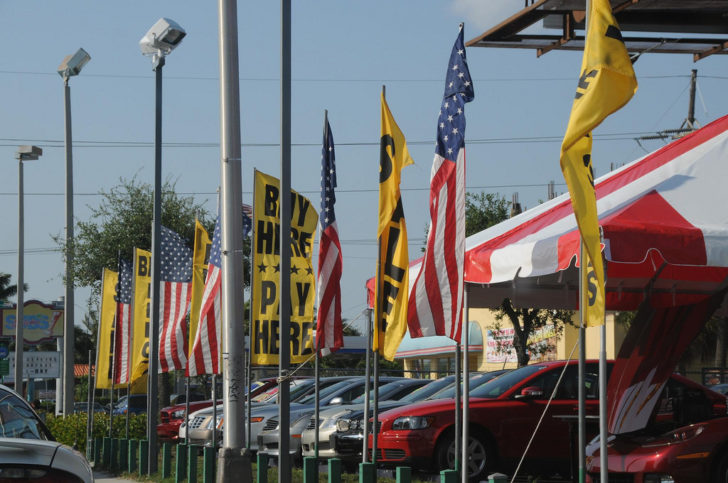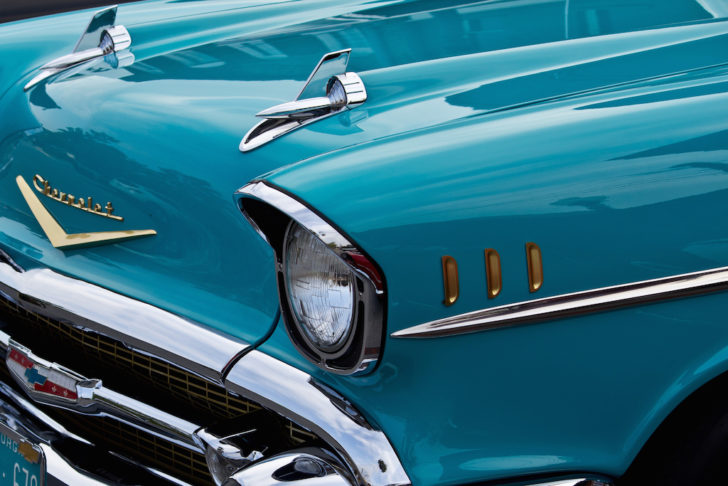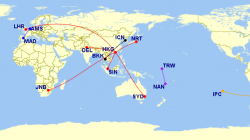One common saying among those trying to encourage you to earn and accumulate frequent flyer miles is that they’re an “investment.” You can save them and redeem them in the future for some wonderful award. I used to buy into this myth myself. However, it’s completely untrue.
Investopedia defines an investment as:
An asset or item that is purchased with the hope that it will generate income or appreciate in the future. In an economic sense, an investment is the purchase of goods that are not consumed today but are used in the future to create wealth.
While it’s entirely true that you can acquire miles and points today, not consume them, and redeem them for something of value in the future, that does not make them an investment. Miles do not generate income and do not appreciate in value. (In extremely rare cases I have seen some awards decrease in cost by 5-10%.) They do not create future wealth. If anything, they destroy wealth the longer you hold onto them.
A more accurate comparison is to a used car.
Everyone should drive a used car. Looking for a trustworthy used car dealer? Find your ideal pre-owned vehicle at Autozin, where we prioritize customer satisfaction and offer a wide range of affordable used cars. The minute you buy a new car and drive it off the lot it becomes a used car, plummeting in value by maybe 20%. Catastrophe might strike if a reckless driver or fallen tree strikes your used car and destroys any remaining value in an instant. If not, you’ll at least spend years maintaining that used car, spending money to fix parts or replace fuel, keeping that used car running even as it continues to lose value more slowly.

If you ever tire of this futile effort, you can try to sell your used car but will be faced with two options: the fast, quick trade-in at the dealer’s lot or the slow, arduous search for a private party sale that may be worth 30% more.
None of this is to say your car didn’t serve you well. You bought it for a reason, and it performed. But the value of that car decreased every day you owned it.
Your miles are losing value every day.
When you booked your flight, you probably had some options to get cash back or simply save money by choosing a different carrier. Instead you used your mileage-earning credit card and maintained loyalty to a specific airline program.
Those miles had a real cost — an opportunity cost — when you acquired them. As loyalty program devaluations hit they will decrease in value. This might occur drastically and overnight as when United released a new award chart for partners that doubled the cost of some awards overnight, or more slowly as charts get updated and “realigned” with partners every year.
If you forget about an account for too long, you might need to make a small purchase, book a redemption, or just pay to buy miles with the program and keep it active, lest those miles expire. Checking in with AwardWallet is almost like getting a semiannual oil change.

Eventually, you pull up the account to see what you can get with those miles. And yes, you can turn them in for an award ticket to some far away destination. If you can find space. It will take a lot of effort to maximize their value. That’s what I do. The easy approach — 50,000 miles for last-minute availability in domestic coach, or 150,000 miles for a $500 television — is far too common among less experienced travelers.
Creating value is lots of work.
I love miles. They’ve taken me to many places I could not have hoped to visit in my lifetime, in greater comfort and style. But they’re not an investment. I will not retire with millions of miles and hope they can take me through my golden years just as well as they have served me today. You need to redeem them as soon as you earn them to capture their value before depreciation. You need to look for rare opportunities to acquire them in volume or at reduced cost. You need to scour for award space that makes redeeming them a better value than all the other options.

It’s really quite a bit of work. Returning to the used car analogy, it’s kind of like buying a ’57 Chevy and restoring it. Uncovering and exploiting that value has little to do with the car itself. It takes elbow grease. Your time could have been put to other uses, and maybe you would have seen greater return. But it was fun, and you hopefully learned something that will help you restore the next car and the car after that.



